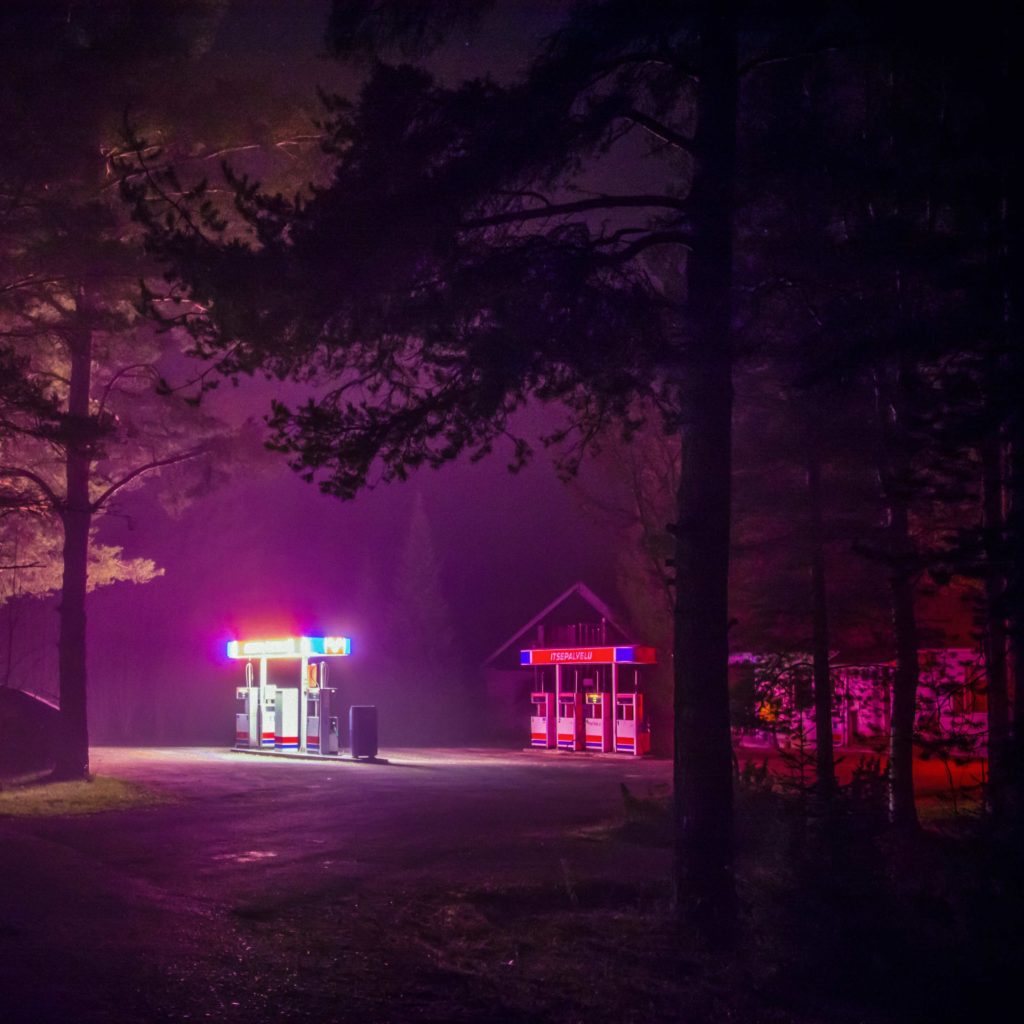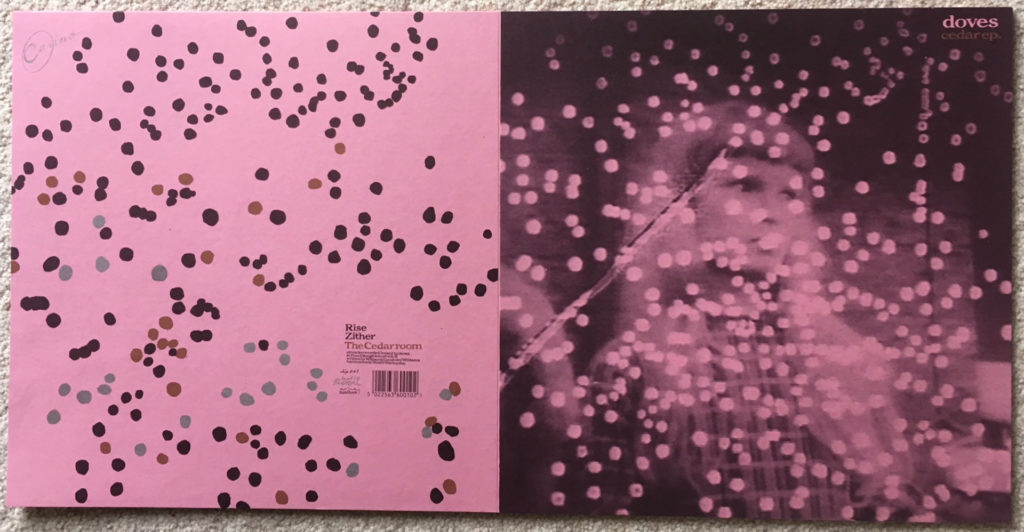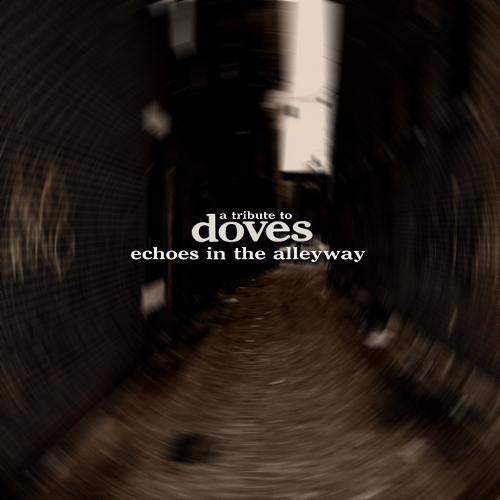Mixing Kingdom of Rust
If you’ve been following Doves on social media you’ll know that album number 5 has been completed and is now being compiled ready to be mastered soon.
It’s a good time to share this Sound on Sound article from 2009 on how Doves work on putting an album together and what goes on with the mixing, mastering and beyond. No doubt things has changed since then and technology has moved on, but it does give some idea of what goes on.
Rumor has it Dan Austin has been involved again, so you can read his words how it all works…
Enter superstar mixer Michael Brauer (featured in SOS’s Inside Track feature, in the November 2008 issue of the magazine: see /sos/nov08/articles/itbrauer.htm). “The guy’s a mixing legend,” says Jez. “He’s just one of these mixers that can seem to get different styles of songs nailed. So he was perfect for our album.”
“It was important to get a fresh pair of ears on it,” says Dan. “What he does is very clear mixes — everything’s there in its place. I love the mixes on the record, I think they’re great. But it wasn’t always easy to get there. There were a couple of recalls going on.”
Austin also points out that — taking into consideration the amount of honing the tracks had undergone — the files that he and the band sent to Brauer were already embedded with a lot of the effect and automation information. “If you just put the track up with the faders in a line at zero, it would not resemble the song at all. So he just took it further. His vocal sounds are just fantastic — that’s what he’s really strong at. Just getting the vocal sitting in the track.”
Instead of travelling to New York to attend the mix sessions, Doves and Austin took the progressive move of communicating with Brauer via Skype, using a program called Nicecast, designed for on‑line radio streaming. “What he’d do is send us WAVs via YouSendIt, and we’d send email comments back,” Dan explains. “That would happen two or three times. So maybe by the time we got the third WAV, we’d be really close. He’d send me a Nicecast link, which would open up in my iTunes as a stream, and then basically his output from his desk in New York fired down that and I would pump it out of my M Box.
“We’d got him on another laptop on iChat so we could see him and talk to him and then we gent through the tweaks. There’s about a five‑second delay on it, but it’s 192kbps MP3 compression, so it sounds pretty good — enough to do changes like that. Then he’d send us the full‑rate WAV and we’d listen to that. It was a fantastic way of working.”
“This was the first time we’d ever done it and we loved it,” Jez enthuses. “Here we were in Frank Bough III, mixing live from New York. It was amazing. We’d work on it with him for an hour, tops, and it’d be done.”
To read the full article, including a fascinating insight into how 10:03 was mixed visit Sound on Sound.







